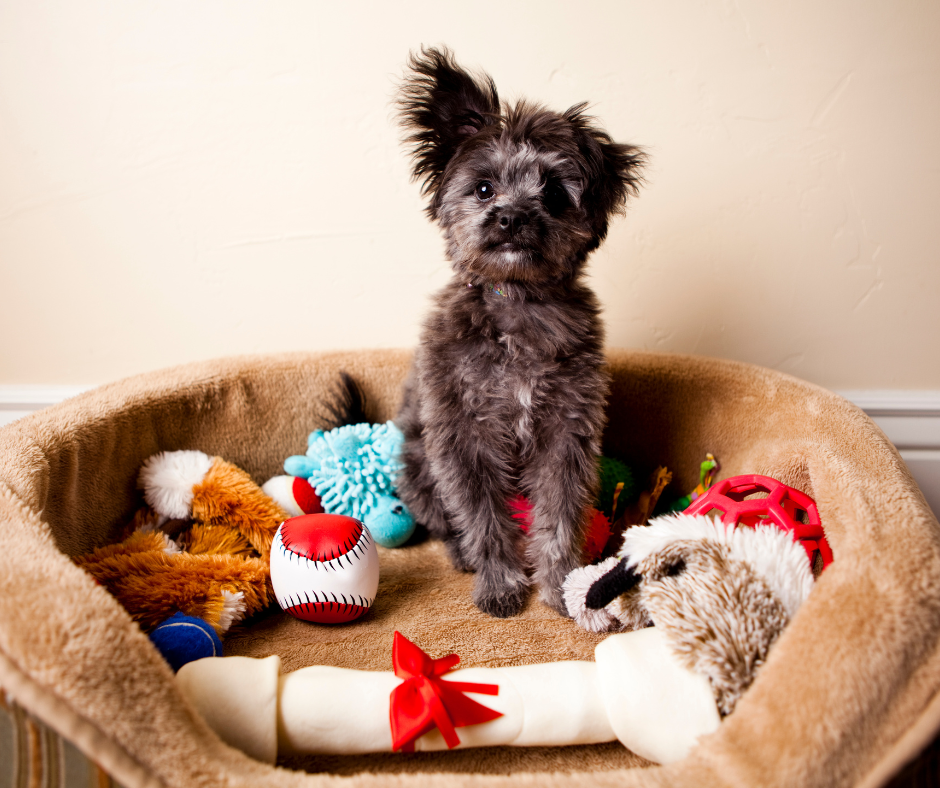Sally was so young and innocent when she was taken away from her home and family. Though the family that welcomed her was kind and gentle, her new world was full of uncertainty. Everything and everyone she had known vanished, and in their place stood unfamiliar people, places, sounds, and smells. The comfort of home was gone. Sally’s journey was one of adaptation, but she longed for the familiarity she had lost.
Despite being given food, comfort, and toys, Sally couldn’t shake her sense of displacement. None of it felt like hers. Her bed was unfamiliar, her favorite food was missing, and the sounds of her old world—the language and smells she once knew—were replaced by an entirely new environment. She silently wondered, How do I fit in here? What is expected of me? What can I expect in the days to come?
Sally’s wishes were simple:
- “May I have the food that is my favorite?”
- “Can I find a playmate who understands my language?”
- “How can I communicate in a way you will understand?”
Her heart ached for her old life, but she also wanted to understand her new one.
Can you feel her sadness and confusion? It’s easy to imagine that Sally might be a foreign exchange student, arriving in a place where the language, culture, and customs are entirely different from what she knew. But what if Sally wasn’t a human at all?
In this case, Sally is not an exchange student. Sally is a four-month-old puppy and one of the 4.1 million animals adopted yearly.
Understanding Through Communication
Animal communication plays a crucial role in helping pets like Sally acclimate to a new environment. By tapping into their energy and emotions, we can understand their needs and concerns. Through intuitive listening and connection, we can give animals a voice that allows their new families to meet them where they are—emotionally and mentally.
When Sally arrived in her new home, she was offered toys, food, and a warm place to sleep. Yet, despite these comforts, something was missing: Sally didn’t feel understood. Through animal communication, we can listen to what Sally is feeling and thinking, providing her with a sense of validation. Whether it’s a puppy, a rescue animal, or a pet moving to a new home, communication opens the door to a smoother transition.
Using intuitive skills, I could help Sally’s new family hear her silent questions:
- “May I please have the food that reminds me of home?”
- “Is there a place here where I can feel safe?”
- “How can I play and communicate in a way that you will understand?”
By acknowledging Sally’s unspoken needs, we give her a sense of belonging. She feels heard and respected, which can reduce anxiety and make her transition easier.
Building a Bridge Between Humans and Animals
Animal communication is a two-way street. It’s not only about understanding the animal’s feelings but also about helping the family communicate with their new pet. Just as a foreign exchange student would benefit from learning the language of their host family, a pet like Sally needs guidance and understanding, too.
Families can help their new pets acclimate by:
- Offering choices that align with the animal’s personality and preferences.
- Introducing them to new environments and routines in a gradual, respectful way.
- Communicating boundaries while remaining sensitive to the animal’s past experiences.
- Encouraging new friendships with other pets, making sure to honor their communication style.
When we give animals the space to express themselves, we empower them to feel confident and secure in their new homes. Sally’s journey from uncertainty to comfort is one that many pets experience, but through the power of animal communication, we can make this transition smoother and more compassionate.
Steps to Help a New Pet Acclimate
Animal communication offers insight into how we can ease a pet’s transition into their new environment. Here are some steps I often share with families welcoming a new animal:
- Understand Their Preferences
Through communication, we can discover what foods, toys, or routines a new pet might prefer based on their past experiences. If Sally misses a certain type of food or a familiar scent from her old home, we can provide these comforts to help her feel at ease. - Create a Safe Space
Animals, especially those in unfamiliar surroundings, need a place where they can retreat and feel safe. Communicating with them allows us to identify what that space should be. Does Sally want her bed in a quieter room? Does she feel safer with a particular toy or blanket that brings her comfort? - Introduce New Routines Gently
Transitioning into a new home means adapting to new routines. Through animal communication, I can relay how Sally feels about these changes, allowing her family to ease her into new habits in a way that feels less overwhelming. For instance, we might discover she needs more time to adjust to a new feeding schedule or that she feels most comfortable taking walks in quieter areas. - Teach Boundaries with Compassion
Animals thrive when they know what is expected of them. Communicating with Sally could help her understand the family’s boundaries and rules while also allowing the family to set these expectations with compassion. For example, if Sally doesn’t understand why she’s not allowed on certain furniture, we can help explain it in a way that resonates with her.
The Importance of Choice
Ultimately, all beings—whether human or animal—need the power of choice to thrive. Sally, like any new pet, benefits when she’s given the freedom to make small decisions within her new environment. Animal communication allows us to identify what choices are most meaningful to her, helping her find her unique place in her new family.
When we listen to our pets, understand their needs, and provide them with choices, we create an environment where they can truly thrive. Sally’s journey is one of transformation—made easier and more meaningful through the gift of communication.
By opening up this line of understanding, we help our animals feel heard, valued, and loved, no matter how unfamiliar their world might seem at first.



